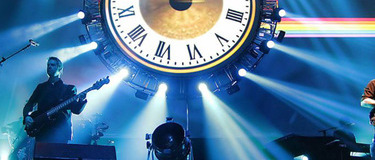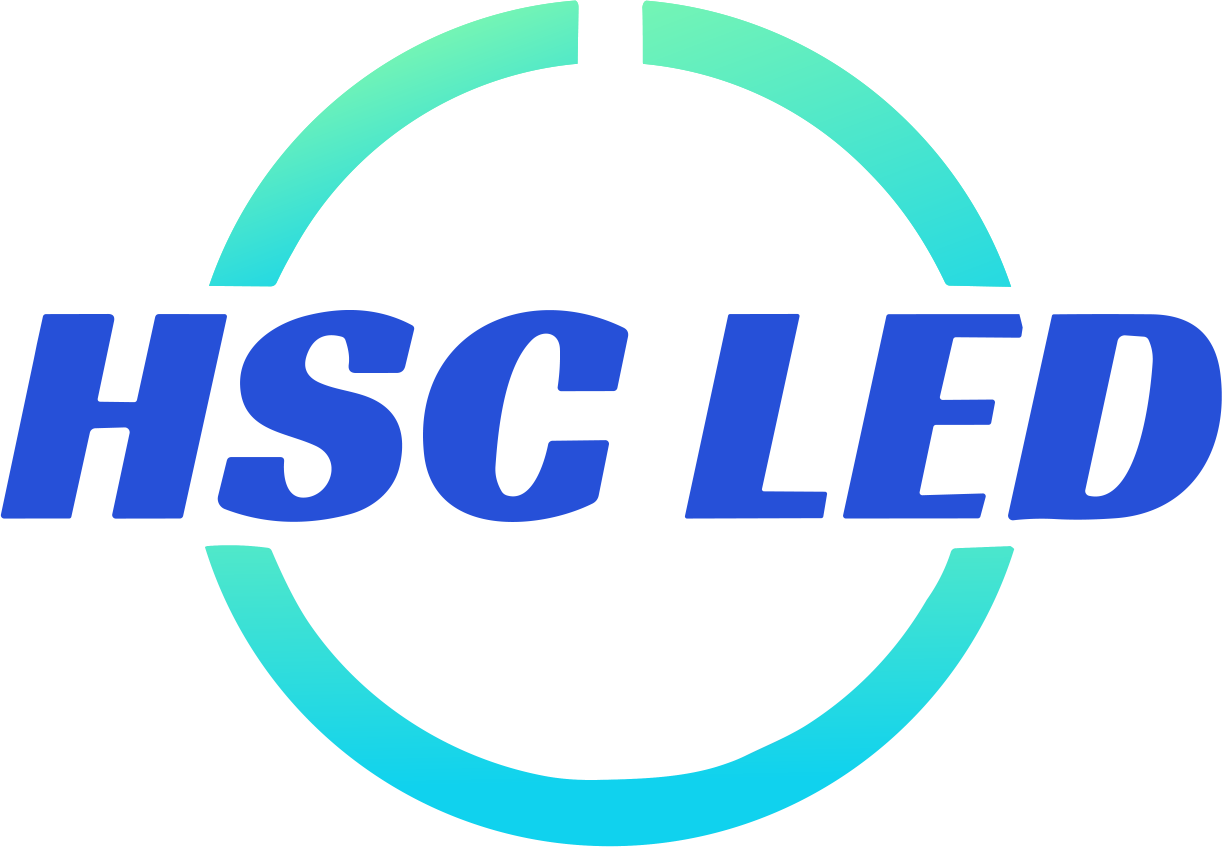News
Site Editor
 Site
https://hscled.cn08.wondercdn.com/uploads/image/68931a3c33409.png
In this article, we'll explore the various applications, benefits, and advancements of LED screens in the entertainment sector.
Site
https://hscled.cn08.wondercdn.com/uploads/image/68931a3c33409.png
In this article, we'll explore the various applications, benefits, and advancements of LED screens in the entertainment sector.
The Application of LED Screen in the Entertainment Industry
Views: 2787
Author: Site Editor
Publish Time: 2024-03-20
Origin: Site
The application of LED screens in the entertainment industry has transformed the way audiences experience live events, from concerts and festivals to theater productions and sporting matches. These dynamic digital displays offer unparalleled versatility, enabling immersive visual experiences, enhancing stage productions, and captivating audiences in new and exciting ways. In this article, we'll explore the various applications, benefits, and advancements of LED screens in the entertainment sector.


Application
• Concerts and Music Festivals: LED screens serve as the focal point of concerts and music festivals, providing larger-than-life visuals that complement performances on stage. High-definition LED panels display live footage of artists, music videos, and dynamic graphics, creating an electrifying atmosphere and engaging audiences across vast venues.
• Theater Productions: LED screens have revolutionized stage productions in theaters and opera houses, offering dynamic backdrops, scenic elements, and visual effects. LED video walls seamlessly integrate with stage sets, allowing for immersive storytelling, atmospheric lighting effects, and interactive projections that enhance the theatrical experience for both performers and audiences.
• Sports Events: LED screens play a crucial role in sports stadiums and arenas, providing real-time replays, player statistics, and sponsor advertisements. Large-scale LED displays ensure that spectators have a clear view of the action, even from a distance, enhancing the excitement and engagement of live sporting events.
• Film and Television Productions: LED screens have become indispensable tools in film and television production, enabling filmmakers to create realistic virtual sets, environments, and backgrounds. LED video walls serve as cost-effective alternatives to traditional green screens, allowing for seamless integration of live-action footage with computer-generated imagery (CGI) in real-time.
Benefits
• Visual Impact: LED screens offer high brightness, contrast ratios, and color accuracy, ensuring vibrant and captivating visuals that command attention. Their ability to display content in high definition and large format makes them ideal for creating immersive and impactful experiences in entertainment venues.
• Flexibility and Customization: LED screens are highly flexible and customizable, allowing for dynamic content playback, real-time updates, and interactive elements. Content can be tailored to suit specific events, themes, or branding requirements, providing endless creative possibilities for designers and producers.
• Energy Efficiency: Compared to traditional lighting and display technologies, LED screens are more energy-efficient, consuming less power and producing minimal heat. This not only reduces operational costs but also contributes to environmental sustainability and carbon footprint reduction in entertainment venues.
• Versatility and Durability: LED screens are versatile and durable, capable of withstanding outdoor elements, extreme temperatures, and high-impact environments. Their modular design allows for easy installation, maintenance, and scalability, making them suitable for both temporary and permanent installations in various entertainment settings.
Advancements
• High-Resolution Displays: Advances in LED technology have led to the development of ultra-high-definition (UHD) and 4K resolution LED screens, offering unprecedented clarity and detail for immersive viewing experiences.
• Curved and Flexible Screens: Curved and flexible LED screens allow for creative and unconventional display configurations, such as curved stages, cylindrical displays, and wrap-around screens. These innovative designs enhance visual impact and create memorable experiences for audiences.
• Transparent LED Screens: Transparent LED screens have gained popularity in the entertainment industry for their ability to create see-through displays, holographic effects, and augmented reality experiences. These transparent displays integrate seamlessly with stage sets and scenic elements, adding depth and dimension to live performances.
• Interactive Features: Interactive LED screens enable audience participation and engagement through touch-sensitive interfaces, gesture recognition, and motion tracking technologies. These interactive features enhance immersion and interactivity in entertainment experiences, encouraging audience involvement and interaction with content.
In conclusion, the application of LED screens in the entertainment industry continues to evolve and innovate, offering limitless possibilities for creating memorable and engaging experiences for audiences. From concerts and theater productions to sports events and film productions, LED screens have become indispensable tools for enhancing visual storytelling, amplifying live performances, and captivating audiences worldwide. As LED technology continues to advance, we can expect to see even more groundbreaking applications and immersive experiences in the future of entertainment.










